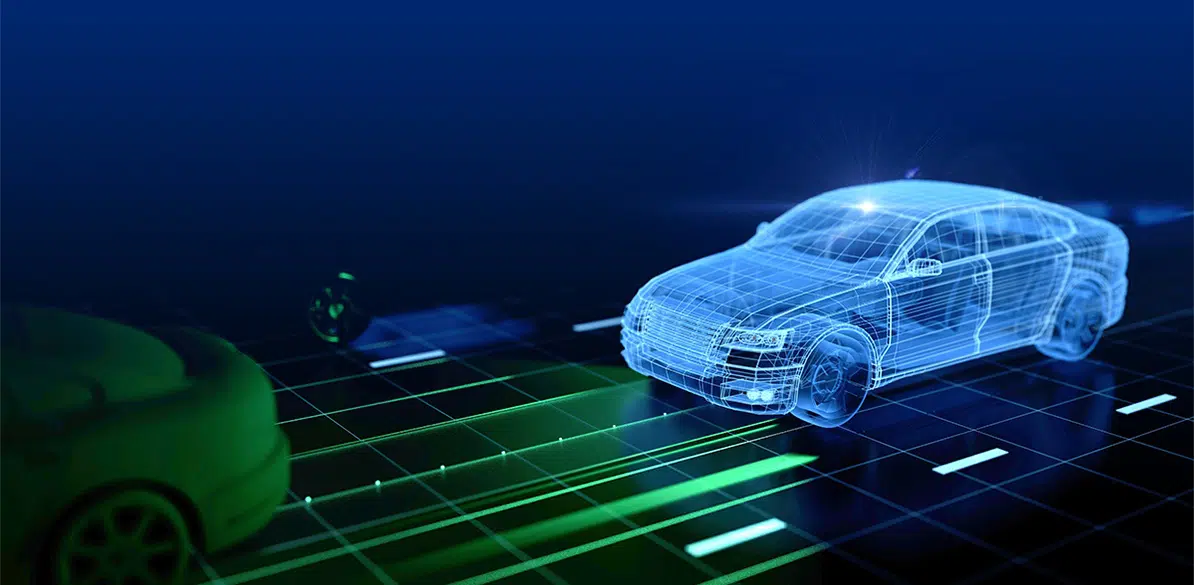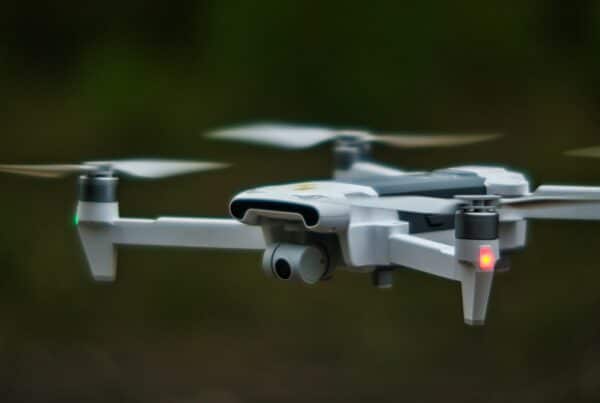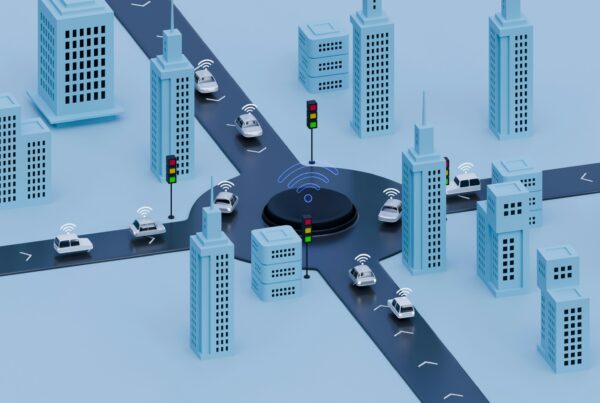The Rise of 3D Spatial AI: Transforming the World of Autonomous Systems
In today’s fast-paced, tech-driven world, innovation is the key to staying ahead. 3D Spatial AI is revolutionizing how machines perceive and interact with the world around them. From factory floors to autonomous vehicles, this technology is shaping a future where machines don’t just “see” but understand their environments in real-time.
What is 3D Spatial AI?
At its core, 3D Spatial AI enables machines to map, navigate, and interact with their surroundings intelligently. Unlike traditional 2D vision systems, which rely on flat images, 3D Spatial AI integrates depth, context, and movement. It’s powered by a mix of LiDAR, cameras, and deep learning algorithms, creating a real-time, dynamic model of the world—something essential for next-gen industrial and automotive applications.
Revolutionizing the Industrial World
Factories are no longer just about conveyors and robots executing pre-programmed tasks. With 3D Spatial AI, we’re seeing a shift towards fully autonomous, adaptive production lines.
- Smarter Robotics: Industrial robots can now perceive objects in 3D, adjusting to changes in real-time. This means better handling of materials, more efficient assembly, and fewer errors.
- Digital Twins: AI-driven spatial mapping allows for the creation of digital replicas of entire facilities, improving predictive maintenance and workflow optimization.
- Enhanced Safety: Human workers benefit too—AI-powered vision systems can predict hazards, reducing workplace accidents and improving operational efficiency.
Driving the Future of Automotive Innovation
In the automotive sector, 3D Spatial AI is unlocking true autonomy and intelligence in vehicles.
- Autonomous Driving: Self-driving cars depend on precise spatial awareness. With 3D Spatial AI, vehicles don’t just detect obstacles—they interpret their surroundings, predicting movements and making safer driving decisions.
- Advanced Manufacturing: Automakers use AI-powered vision systems for defect detection, quality control, and process automation, leading to higher precision and reduced costs.
- Smart In-Car Experiences: Inside the vehicle, spatial AI is transforming driver assistance, gesture recognition, and cabin monitoring to make human-machine interactions more intuitive.
Looking Ahead: A World in 3D
The demand for more efficient, intelligent, and autonomous systems has never been higher. With AI-driven spatial computing, industries are moving beyond automation and into true intelligence, where machines don’t just follow instructions—they adapt, learn, and improve.
3D Spatial AI is poised to continue shaping the industrial and automotive worlds. We’re talking about more advanced augmented reality (AR) tools for operators in factories, where workers will wear AR glasses that provide real-time information about the 3D layout of machinery or live data feeds. In the automotive world, expect to see more vehicle-to-everything (V2X) communication, where cars not only communicate with each other but with their surroundings, like traffic lights and smart roads, to improve traffic flow and safety.
In the near future, every industry will likely be touched by the magic of spatial intelligence, whether that’s in the form of smarter robots, more precise manufacturing, or next-level safety in autonomous vehicles.
If you are interested in making a move in the Autonomous Mobility space or are looking for an expert to join your team, then please reach out to Luca at luca@akkar.com.








